Difference between revisions of "Westarctican Parks Service"
(added info in new sites) |
(→Creation of the Westarctican Parks Service: changed section title and updated info) |
||
| Line 1: | Line 1: | ||
The '''Westarctican Parks Service''' (sometimes abbreviated to '''WPS''') is an agency within the [[Government of Westarctica]] that was formally authorized on 6 October 2023. Although there was considerable work done behind the scenes to get the agency up and running, no public-facing activity occurred until 20 April 2025, when [[Grand Duke Travis]] enshrined the first five protected areas. | The '''Westarctican Parks Service''' (sometimes abbreviated to '''WPS''') is an agency within the [[Government of Westarctica]] that was formally authorized on 6 October 2023. Although there was considerable work done behind the scenes to get the agency up and running, no public-facing activity occurred until 20 April 2025, when [[Grand Duke Travis]] enshrined the first five protected areas. | ||
== | ==History of the Westarctican Parks Service== | ||
An administrative agency for a national park system in Westarctica had been discussed as a goal as early as 2018, when some informal conceptualizing took place between the Ministers of [[Minister of Conservation|Conservation]] and [[Minister of Citizenship|Citizenship & Immigration]]. It was brought up a handful of times over the next few years, always being well-recieved, but never being taken up as an earnest endeavor until the Summer of 2023, when a bill was introduced before the [[Senate of Westarctica|Senate]] by then Senator [[Duke of the Bear Peninsula|Jordan Farmer]]. It was passed and signed into law on 6 October of that year. | An administrative agency for a national park system in Westarctica had been discussed as a goal as early as 2018, when some informal conceptualizing took place between the Ministers of [[Minister of Conservation|Conservation]] and [[Minister of Citizenship|Citizenship & Immigration]]. It was brought up a handful of times over the next few years, always being well-recieved, but never being taken up as an earnest endeavor until the Summer of 2023, when a bill was introduced before the [[Senate of Westarctica|Senate]] by then Senator [[Duke of the Bear Peninsula|Jordan Farmer]]. It was passed and signed into law on 6 October of that year. | ||
Despite there being no public-facing movement | Despite there being no public-facing movement for more than a year and a half, a great deal of work was taking place behind the scenes to identify, research, evaluate, and categorize potential sites for protection under the WPS. More than fifty areas were considered for protection in Westarctica, [[Calsahara]], and the [[Balleny Islands]]. A finalized list of recommended locations, justifications, and boundaries for the first five sites for protection was provided to [[Grand Duke Travis]] in March of 2025, which were granted protection the following month. | ||
There are more than two dozen forthcoming areas that are at least under review for potential protection under the WPS. Thes range from the evaluation of the merits to in the finalization for recommendation to the Grand Duke. | |||
==Areas Protected by the WPS== | ==Areas Protected by the WPS== | ||
Revision as of 19:13, 21 April 2025
The Westarctican Parks Service (sometimes abbreviated to WPS) is an agency within the Government of Westarctica that was formally authorized on 6 October 2023. Although there was considerable work done behind the scenes to get the agency up and running, no public-facing activity occurred until 20 April 2025, when Grand Duke Travis enshrined the first five protected areas.
History of the Westarctican Parks Service
An administrative agency for a national park system in Westarctica had been discussed as a goal as early as 2018, when some informal conceptualizing took place between the Ministers of Conservation and Citizenship & Immigration. It was brought up a handful of times over the next few years, always being well-recieved, but never being taken up as an earnest endeavor until the Summer of 2023, when a bill was introduced before the Senate by then Senator Jordan Farmer. It was passed and signed into law on 6 October of that year.
Despite there being no public-facing movement for more than a year and a half, a great deal of work was taking place behind the scenes to identify, research, evaluate, and categorize potential sites for protection under the WPS. More than fifty areas were considered for protection in Westarctica, Calsahara, and the Balleny Islands. A finalized list of recommended locations, justifications, and boundaries for the first five sites for protection was provided to Grand Duke Travis in March of 2025, which were granted protection the following month.
There are more than two dozen forthcoming areas that are at least under review for potential protection under the WPS. Thes range from the evaluation of the merits to in the finalization for recommendation to the Grand Duke.
Areas Protected by the WPS
Sites protected by the Parks Service fall into three categories: National Parks, National Monuments, and Conservation Zones.
National Parks
National Parks are to be considered the "crown jewels" of Westarctican conservation and receive the highest level of inherent protections and preservation. Special consideration is to be taken to balance conservation concerns with the potential impacts of ecotourism that accompanies national parks worldwide. National parks can only be created via legislation. When created by "upgrading" an existing monument or conservation zone, a veto by the Sovereign can be overridden. When legislation attempts to create a new protected site or reworks the boundaries of existing sites within the WPS, a potential Sovereign veto cannot be overridden.
As of 24 March 2025, Westarctica has not yet created any National Parks.
National Monuments
National Monuments are sites that warrant protections, though with fewer conservation concerns than those of a national park. This can be due to lower levels of ecotourism, having a less fragile ecological or scientific significance, or the preservation primarily for historical reasons. A monument can be declared via decree by the Sovereign or via legislative process (which cannot override Sovereign veto).
Westarctica currently has 2 National Monuments. This list is complete as of 21 April 2025.
| Name | Date Established | Area | Description |
|---|---|---|---|
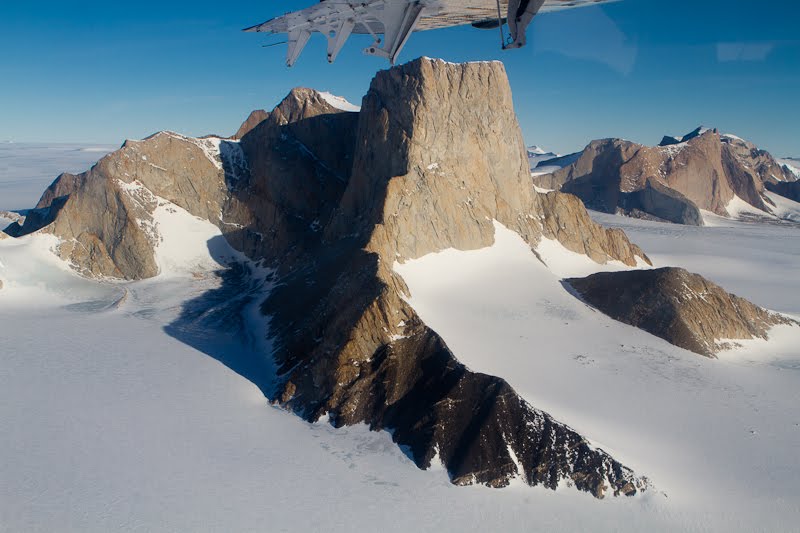 |
20 April 2025 | 52,700 acres (213.2 sq. km) |
Protects one of Westarctica's most iconic features, as well as a portion of the surrounding Sarnoff Mountains. |
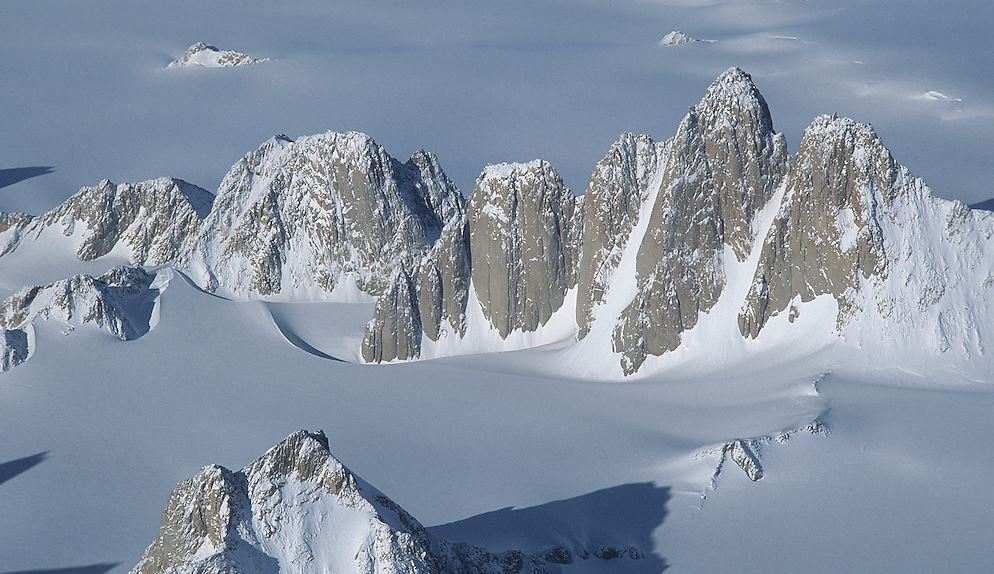 |
20 April 2025 | 3,403,000 acres (13,925 sq. km) |
Preserves the Westarctican portion of one of Antarctica's most geologically distinct mountain ranges, including the Westarctican Organ Pipes. |
Conservation Zones
Conservation Zones carry the lowest inherent protections under Westarctican Law, but can be tightened to be significantly higher than that of even a national park on a case-by-case basis. These sites also have the lowest public access interest. A conservation zone can be declared via decree by the Sovereign or via legislative process (which cannot override Sovereign veto).
Westarctica currently has 3 Conservation Zones. This list is complete as of 21 April 2025.
| Name | Date Established | Area | Description |
|---|---|---|---|
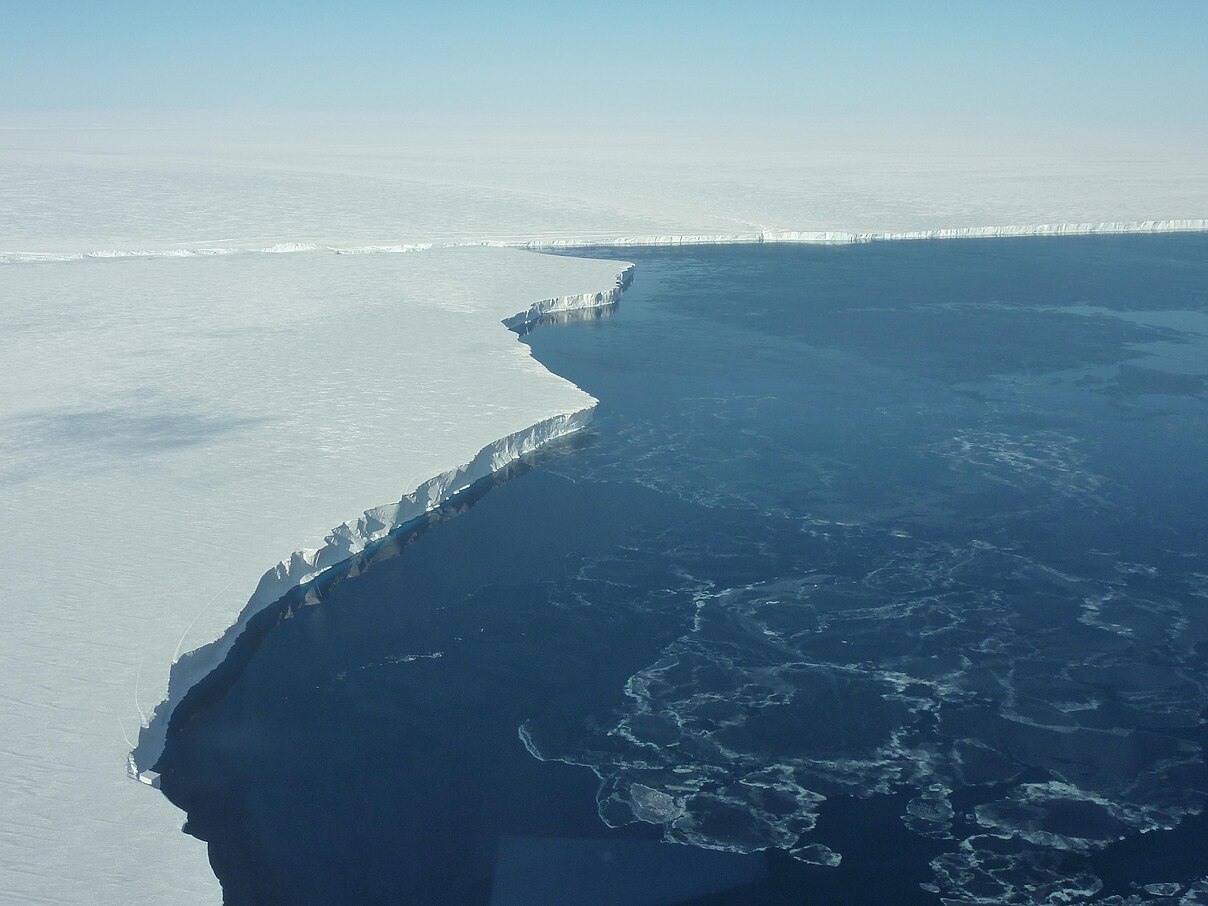 |
20 April 2025 | 401,000 acres (1,622 sq. km) |
Protects a significant glacial formation in Westarctica, which studies show is among the nation's more stable. |
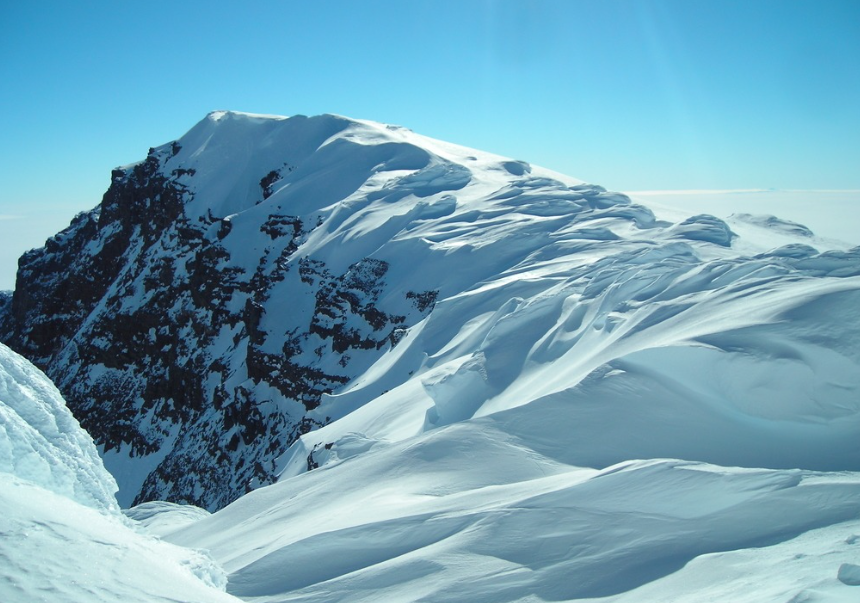 |
20 April 2025 | 40,700 acres (164.7 sq. km) |
The zone outlines the boundaries of the McHenry Range, which are valuable for the study of deep-earth magma activity in polar areas. |
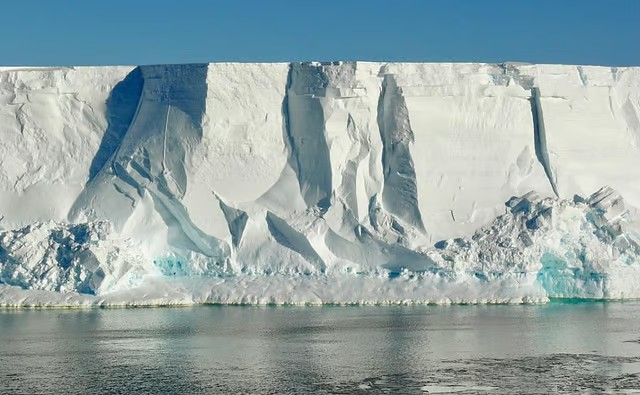 |
20 April 2025 | 7,090,000 acres (31,359 sq. km) |
Although only a small part of the whole, this zone preserves the Westarctican portion of the Ross Ice Shelf, which is the world's largest deposit of fresh-water ice. |